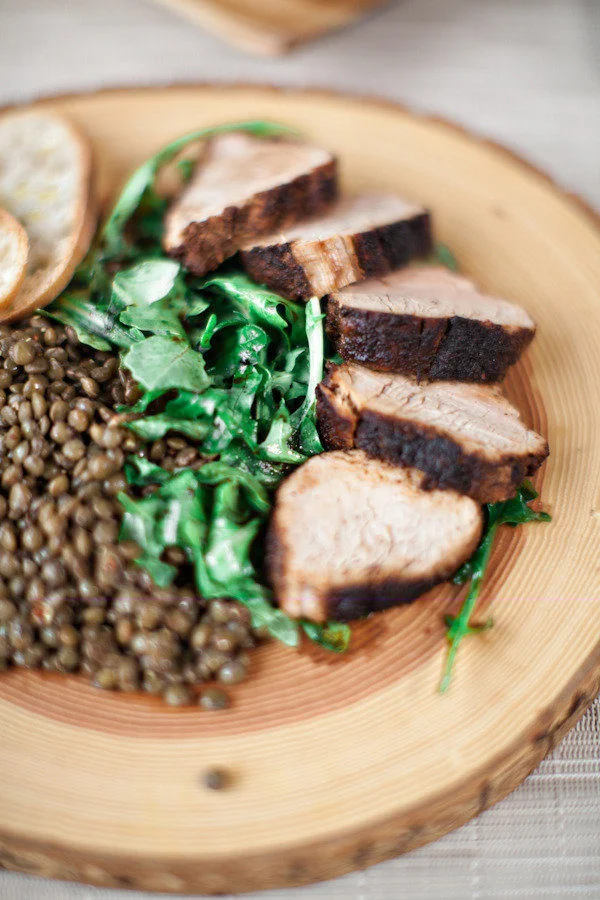Plated Dinner versus Buffet
Plated Dinner versus Buffet - Raleigh, NC.
When you’re planning your wedding reception, one of the first decisions you’ll have to make is how to serve food to your guests—plated dinner versus buffet. While both will serve you well, there are certain situations where one might be more appropriate. Knowing the pros and cons of each can help you ensure your reception will be a success.
First, what’s the difference? Plated dinners are where guests are served at their seats. Couples can do this a couple of ways. Either guests can select their entrée ahead of time – say through their RSVP – or they can be served a duet meal, which consists of two half portions of meat/seafood/pasta. A buffet style dinner is where guests walk alongside long tables, select from a variety of options presented in chafing dishes or on platters and take their plates back to their seats. Staff are on-hand to help serve and replenish, as needed.
via Jessica Scott Photography
via guciophotography
Here are some of the pros of a plated dinner:
• Plated dinners ensure all of your guests receive their food at the same time.
• They are elegant and provide a wonderful dining experience for your guests, especially for a formal wedding.
• Your caterer will know exactly how many meals to plan for, mitigating risk for extra added costs or wasted food.
• You can plan around how long your plated dinner will last and can fill in other wedding details, like toasts and important dances, while guests are dining.
And here are some cons:
• You will have to budget for more servers and possibly an on-site chef.
• For guests with food allergies, limited options might be a challenge.
• If you allow guests to select their entrée beforehand, you will have to keep track of those responses and ensure the place cards match their selection.
• If a guest does not RSVP but shows up to your wedding, your caterer may have to scramble to accommodate them.
Buffet style pros:
• This is a more cost-effective solution to serving a large crowd.
• It allows for more options to accommodate guests with food allergies.
• Guests can choose their portions so they if they don’t enjoy one thing, there are other options for which they can choose.
• Buffets tend to be more casual, which lets your guests get up and mingle.
Here are the cons:
• If not managed correctly, buffets can become chaotic and long lines can form.
• Since there is no way to manage portions, you run the risk of running out of food. Plan ahead and order extra (your caterer will know how to do this effectively).
• You will have to rent extra tables, linens, chafing dishes and still account for servers if not provided through your caterer.
via Theo Milo Photography
Think about the kind of reception you want to have and envision how a plated dinner or a buffet will fit in. For more elegant, sophisticated affairs, a plated dinner might seem more appropriate. If you’re more laidback and are planning a more casual wedding, a buffet style dinner would be great. Weigh the pros and cons of each and talk to your caterer about what has worked well in the past. They are your ally and will give great insight into the best way to create a wonderful dining experience.




